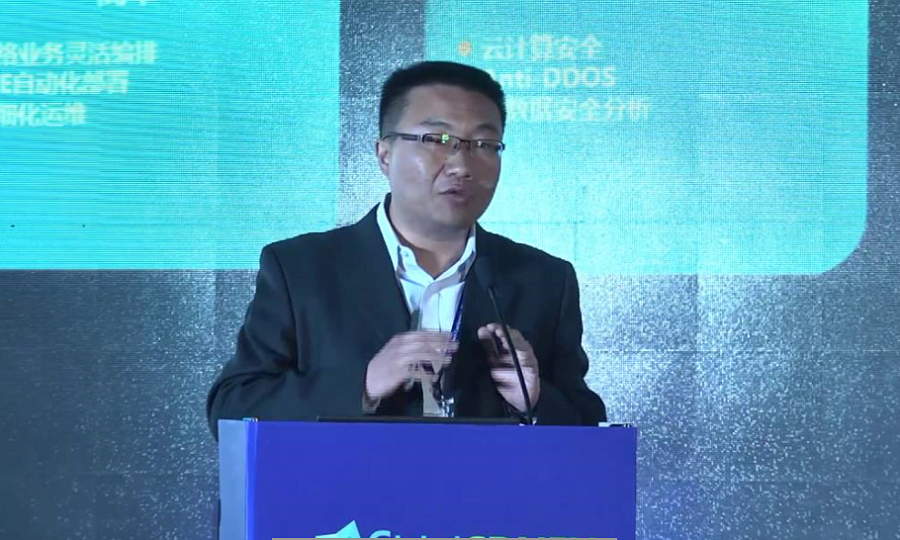Huawei’s smartphone-led consumer business returned to growth in the first six months of this year for the first time since it was cut off from the global tech supply chain by US sanctions in 2020.
The modest growth comes alongside China’s slower-than-expected economic rebound this year and U.S. sanctions on the company that began in 2019. Those business restrictions have since weighed on results.
The consumer business reported revenues of Rmb103.5bn ($14.4bn), up 2.2% year on year.
The 2.2% pace of growth was also slower than the company’s overall revenue increase of 3.1% to 310.9 billion yuan in the first half of the year.
Huawei’s ICT infrastructure business, which includes carrier and enterprise services revenue, contributed the most to overall revenue with 167.2 billion yuan for the first half of the year.
Cloud services brought in revenue of 24.1 billion yuan, while intelligent automotive solutions whose products include tech for new energy vehicles saw revenue of 1 billion yuan in the first six months of 2023.
Huawei has its electric car brand, Aito, which claims to have produced 100,000 vehicles in 15 months through a partnership.
Those sales are generally counted as part of the consumer business.
The consumer segment is the only unit with year-on-year comparable figures since Huawei didn’t start reporting revenue breakdown by cloud and other industries until late last year.
Net profit margin:
Huawei reported a significant increase in its net profit margin of 15% in the first half of the year, up from 5% in the year-ago period.
The company attributed the improvement to better management systems and gains from the sale of certain businesses, which it did not specify.
The company also pressed ahead in its efforts to monetize artificial intelligence by launching in July an AI model for improving safety and efficiency in mining operations.
Second-quarter overall revenue grew by 4.8% year-on-year to 178.8 billion yuan — the fastest pace since only the fourth quarter of 2022, according to CNBC calculations.
Overall revenue growth in the first half of 2023 comes off a low base. Huawei previously said its revenue barely grew in 2022 after reporting in 2021 its first annual revenue decline on record.
Sabrina Meng, Huawei’s Rotating Chairwoman said in a statement obtained from the company’s website said:
- “I’d like to thank our customers and partners for their ongoing support,” “I’d also like to thank the entire Huawei team for its solidarity and dedication. Huawei has been investing heavily in foundational technologies to harness trends in digitalization, intelligence, and decarbonization, focusing on creating value for our customers and partners.
- In the first half of 2023, our ICT infrastructure business remained solid and our consumer business achieved growth.
- Our digital power and cloud businesses both experienced strong growths, and our new components for intelligent connected vehicles continue to gain competitiveness.”
What you should know:
In 2019, the U.S. under President Donald Trump put Huawei on a blacklist that restricts the ability of American companies to sell to the Chinese telecommunications giant.
That includes licensed access to the latest versions of Google’s Android operating system.
Huawei has instead released its system, called Harmony OS. Earlier this month, the company announced the latest version of that operating system and claims it was downloaded over one million times in three days.






















